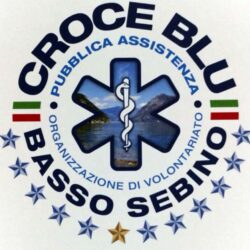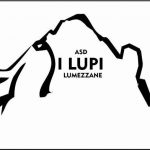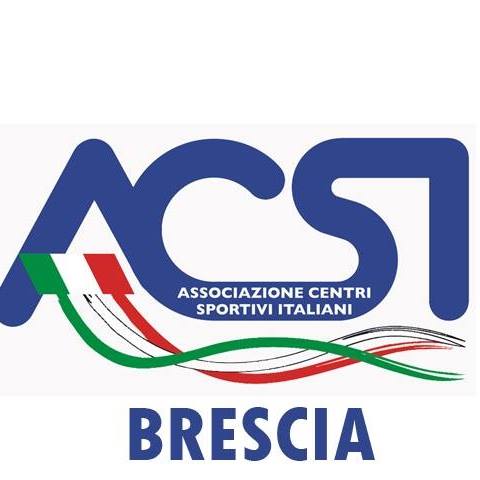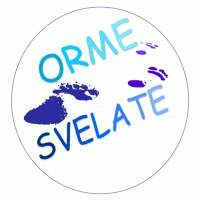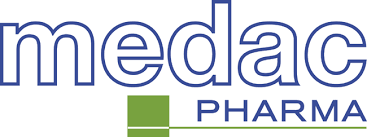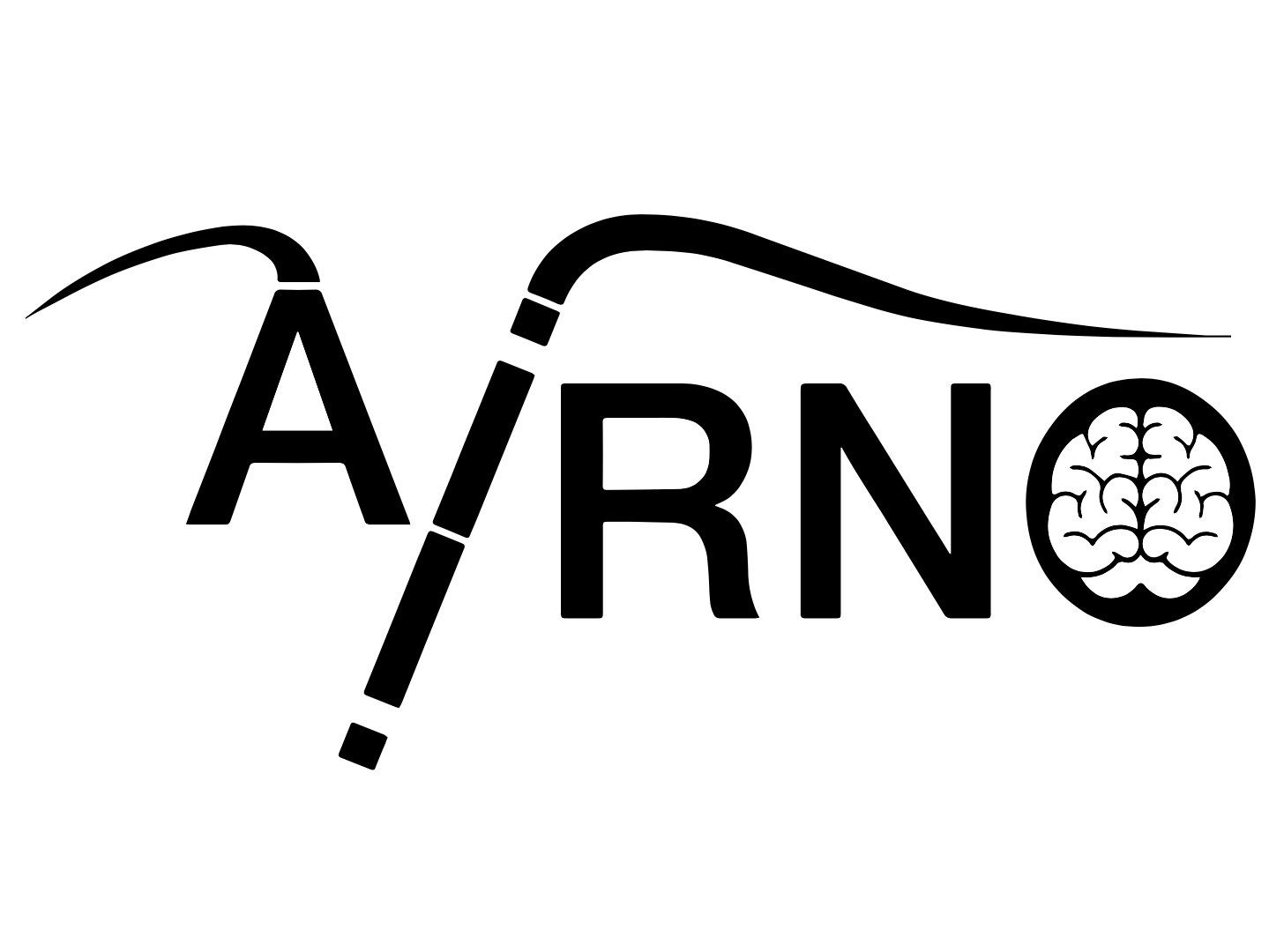Liquid biopsy in the diagnosis of glioma by analyzing genetic material circulating in the cerebrospinal fluid (CSF) and in the blood
Backgorund
Gliomas represent about 30% of brain tumors and they are the most frequent type of primary intrinsic brain tumor. Neuro-imaging techniques allow to identify the presence of a brain lesion and the possible degree of malignancy, but the definitive diagnosis requires a histological-molecular analysis of neoplastic tissue, in particular from the introduction of the WHO 2016 which provides a clear molecular classification of the disease.
In many cases, biopsy sampling can be burdened by a significant mortality and morbidity rate, depending on the location and extent of the neoformation. Furthermore, the patient’s “performance status” (KPS) and the anesthetic risks do not make it possible to carry out invasive procedures in more than 20% of cases.
The biopsy for the first diagnosis is not the only critical issue: glioma treatment protocol provides for the use of encephalic radiotherapy. A few months after treatment, it may be extremely difficult to distinguish the effect of radiotherapy (pseudo-progression or radionecrosis) from a recurrence of the disease (progression) which could significantly change any subsequent treatment. In this case, a new sample of the tumor could be useful for histological-molecular confirmation, a procedure not foreseen in the diagnostic-therapeutic standards due to the related surgical risks.
The Liquid Biopsy
The analysis of tumor cells or circulating neoplastic cell products (liquid biopsy) is increasingly used in the context of many neoplasms. Their detection in body fluids can have diagnostic, prognostic and predictive significance. Many studies have shown that their concentration, and consequently the sensitivity of the methods used fot their identification, varies according to the different body fluids analyzed and the type of tumor analyzed. As far as brain tumors are concerned, it has been shown that the concentration of tumor cell products in the cerebrospinal fluid (CSF) is greater than in the blood and varies within the different compartments of the CNS.
Many studies have aimed to identify molecular markers typical of gliomas, however a pathognomonic “molecular signature” for this type of tumor has not yet been identified.
The liquid biopsy performed on the patient’s CSF obtained by lumbar puncture can be a valid alternative in the case of impossibility of surgical biopsy and / or in the case of diagnostic doubt between radionecrosis and disease progression.
Since CSF is the fluid most in contact with the brain tumor environment, it is evident that this constitutes the privileged target for analysis using liquid biopsy. The present study aim to determine the sensitivity and specificity of the biopsy depending on the body fluids analyzed.
The peri-lesional CSF has huge importance to identify the molecular targets that will have to be searched for in the peripheral (spinal) CSF and in the blood. For this reason, the following will be subjected to molecular analysis:
- The tumor (biopsy or surgical excision)
- Peri-tumor intracranial CSF (intra-operative sampling)
- CSF obtained by spinal tap (intra-operative sampling)
- Peripheral blood (sampling during hospitalization)
With this protocol we intend to investigate the validity of this method and its clinical applicability in patients affected by glioma.
Aims of the Study
Primary objective:
Identification of glioma’s molecular markers in CSF and in blood.
Secondary objective:
Correlation of the molecular data obtainable from liquid biopsy with the disease prognosis.
Population Target
Identify the target population: patients admitted to the Neurosurgery Department of Spedali Civili of Brescia and of Division of Neurosurgery, HUG, Geneve, with a diagnosis of glioma.
Number of subjects to be recruited: 120
Inclusion criteria: patients with suspected cerebral glioma and indication for biopsy and / or surgical excision.
Exclusion criteria: underage patients; patients unable to express informed consent.
Design of the Study
- Type of study: prospective study
- Number of participating centers: 2
- Duration of the study: 36 months
- Duration of enrollment: 24 months
- Duration of follow-up: 12 months
Analysis and statistical methods
Correlation analysis between the expression of the gene material found in the tumor, the expression of the same in the peritumoral LCR, in the peripheral LCR and in the blood.
Sample Dimension
The expected sample size is 120 patients.
Ethical Aspect
This study will be conducted in accordance with this protocol, with the principles of good clinical practice in accordance with the ICH GCP guidelines and the ethical principles reported in the declaration of Helsinki.
Information to the patient and consent
The patient will be presented with the company Informed Consent form for the use of Biological Material.
Information to the patient and consent
The patient will be presented with the company Informed Consent form for the use of Biological Material.
Publication of the Results
The results of the study will be reworked for publication in an international specialized journal.

